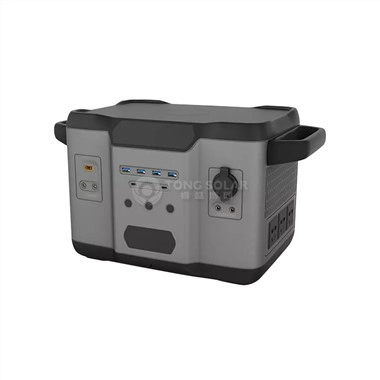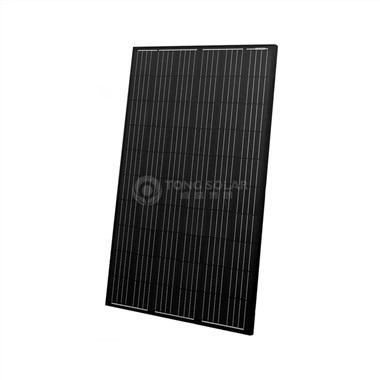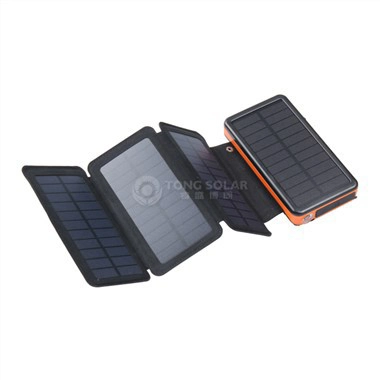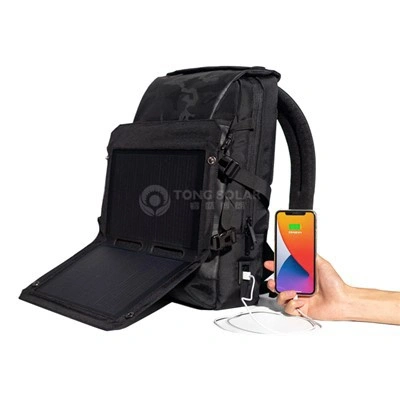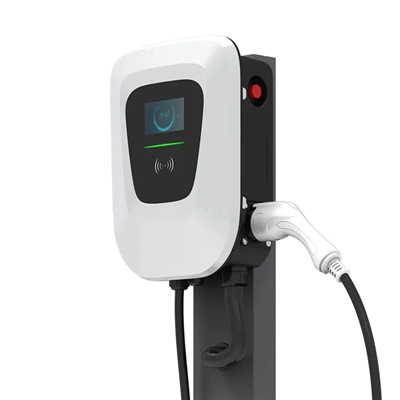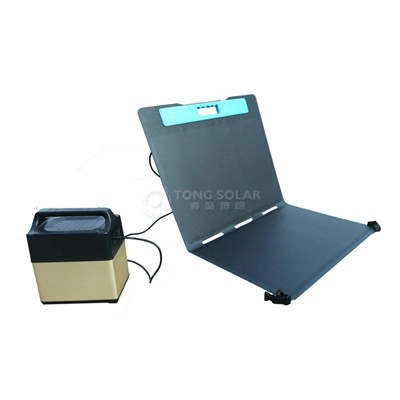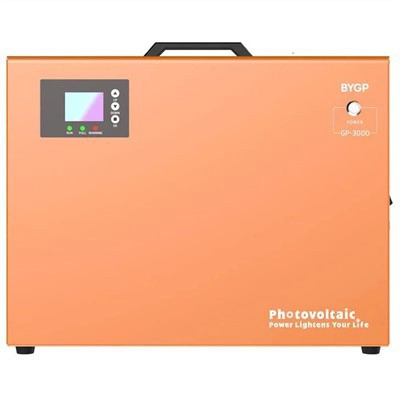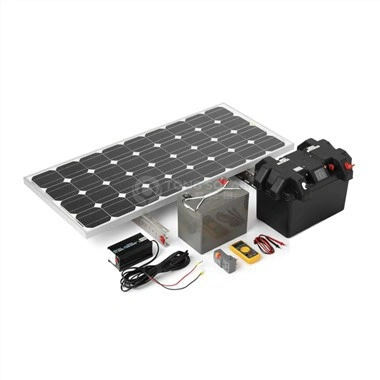The Most Easily Overlooked Link Causing Hidden Cracks In Solar Panels
2023-11-22 16:35:06
Thanks to the advantages of equipment stability, temperature parameter regulation, additional battery preheating, multi-channel quality inspection and material improvement, in the production process, we basically overcame the hidden cracks problem in the steps of welding, laminating and framing. However, improper handling, installation, construction, operation and maintenance, and random stacking of exposed solar panels on the site will still cause hidden cracks or even damage to solar panels.
From the modules leaving the factory to the process before and after installation, the hidden cracks problem caused by improper external forces in storage, transportation and installation has become a new problem. The factors leading to cracking may appear as follows:
During the handling, the inclined packing case will cause the modules to squeeze each other causing uneven force and hidden cracks.
.png)
During transportation, violent loading and unloading by forklift drivers, substantial jolting of transport vehicles, and secondary reverse removal and replacement pallets or boxes will also cause hidden cracks in modules.
.jpg)
Hidden cracks also occur from time to time due to non-standard operation during installation, cleaning and maintenance. For example, carrying panels individually, using head against the panel, stepping on the panel during the installation, and the error in which operations personnel stand on panels to clean up accumulated ash will lead to the hidden crack.
.png)
Modules were placed or rested on an uneven surface.
.png)
The modules are not installed immediately after unpacking. Or scattered and stacked them randomly on the project site.
How Do We Avoid Those Problems Upon?
1. Module Placement:
The site for stacking solar panels should be flat and spacious to facilitate transportation operations while preventing hidden cracks or damage caused by uneven ground.
Stacking of modules should not exceed two boxes in height. Ensure that pallets are stacked evenly to avoid overhanging corners.
Once placed in position, try to minimize further handling or movement before reaching the construction site to reduce the risk of modules’ micro-cracks due to repeated shifting.
After neatly stacking the solar panels, use materials like colored fabric to cover them. This prevents the site from suffering damage or hidden cracks due to continuous rain or tilting caused by heavy rainfall.
When temporarily laying panels flat, they must be arranged neatly, either on pallets or a level surface. The first and last panels should have their glass surfaces facing up, while the middle panels should have their backs facing up. The maximum allowable number of horizontally placed panels should not exceed 18pcs.
For temporary leaning against columns or other objects, the same rule applies: ensure neat arrangement, with the supporting objects being flat and without protrusions, and do not exceed 10 panels.
Temporarily placed solar panels should be completed on the same day, and any remaining modules should be neatly stacked or protected to prevent collapse when unattended.
2. Secondary Transportation:
After unpacking the solar panels, each panel should be handled by two individuals during transportation to the installation site. Avoid carrying one or more solar panels by one person to reduce the risk of dropping or causing micro-cracks due to impacts or vibrations.
Pay attention to the surroundings during transportation to prevent self-injury and to avoid collisions with other objects that may lead to hidden cracks or panel breakage.
Upon arrival at the installation location, lean the panels against the already installed support beams instead of laying them flat on the ground.
For transfers, use forklifts for individual panel transport and cranes for larger-scale projects. Unconventional mechanical transport methods (e.g., excavators, loaders) should be prohibited to prevent damage during transfer.
When placing panels on rooftops, take precautions to protect the area around the modules to avoid accidental collisions with walls or corners, which could lead to internal micro-cracks or visible damage.
3. Installation:
During installation, adopt a top-down approach. Avoid using temporary fixtures like bricks or wooden wedges between upper and lower panels. Instead, use at least two bolts for temporary fixation in the upper part of the solar panel.
During the installation process, minimize direct worker contact with the panels. Avoid stepping, sitting, lying, kneeling, pounding, squeezing, or striking the panels, as these actions can lead to localized stress on the internal solar cells, potentially causing micro-cracks.
Bolts used for module installation must be securely fastened, and washers should be tightened evenly.
When using pressure blocks to fix the panels, ensure that the block's horizontal surface securely contacts the panel frame to prevent angular misalignment.
